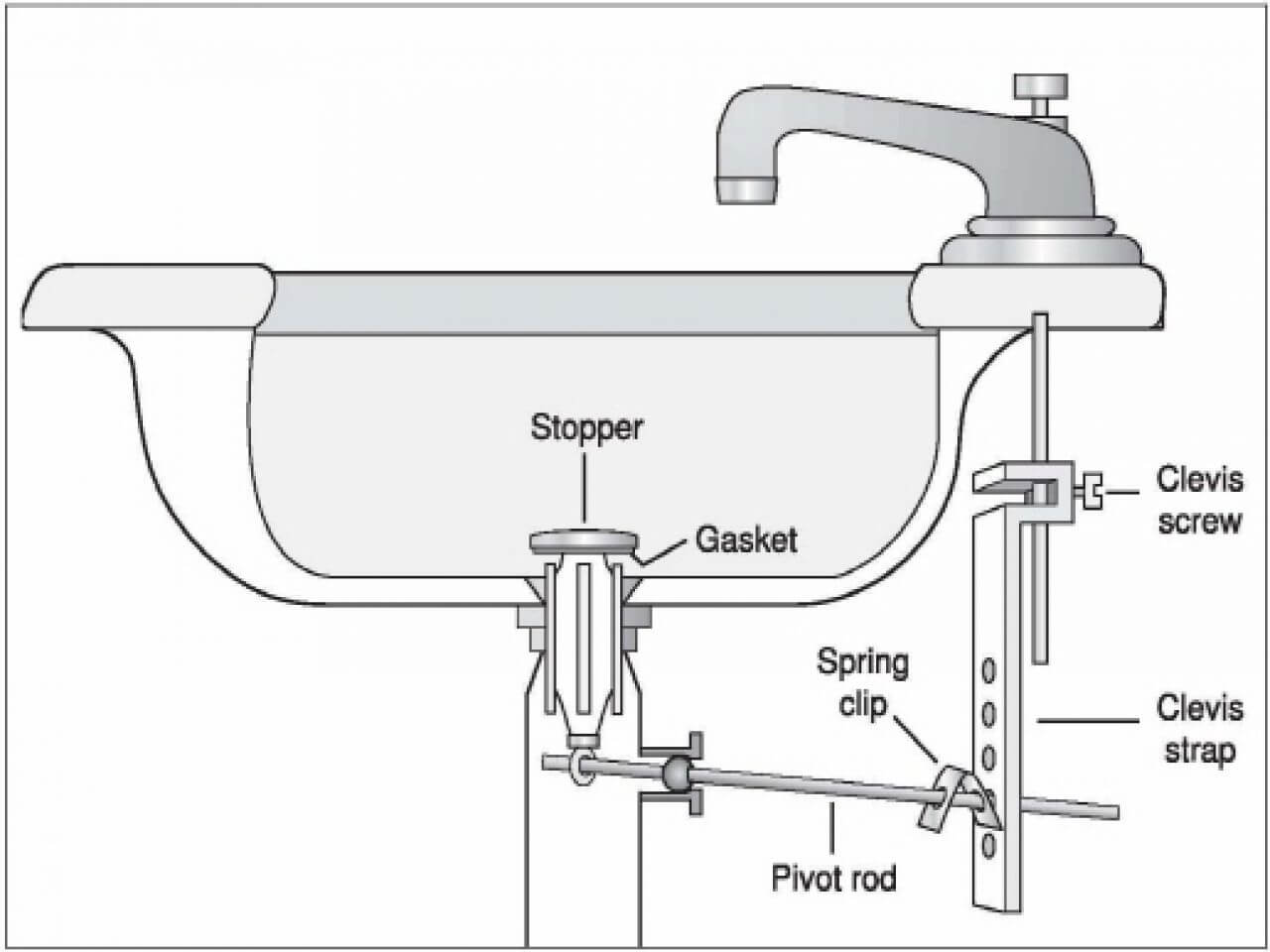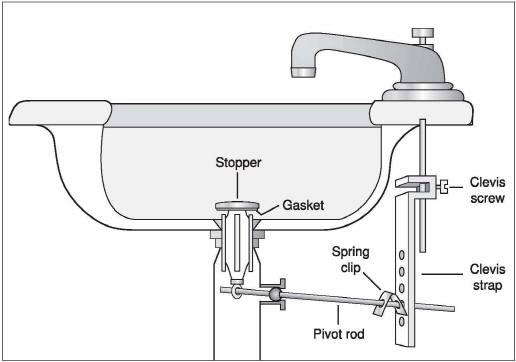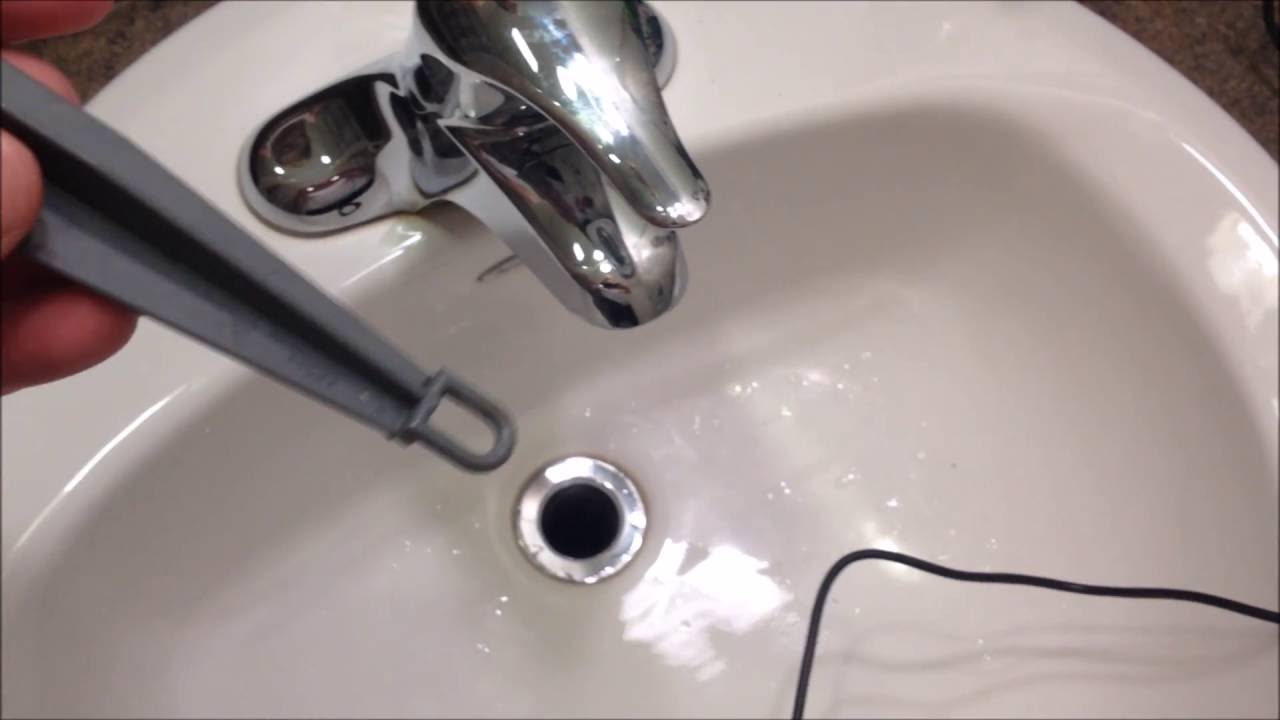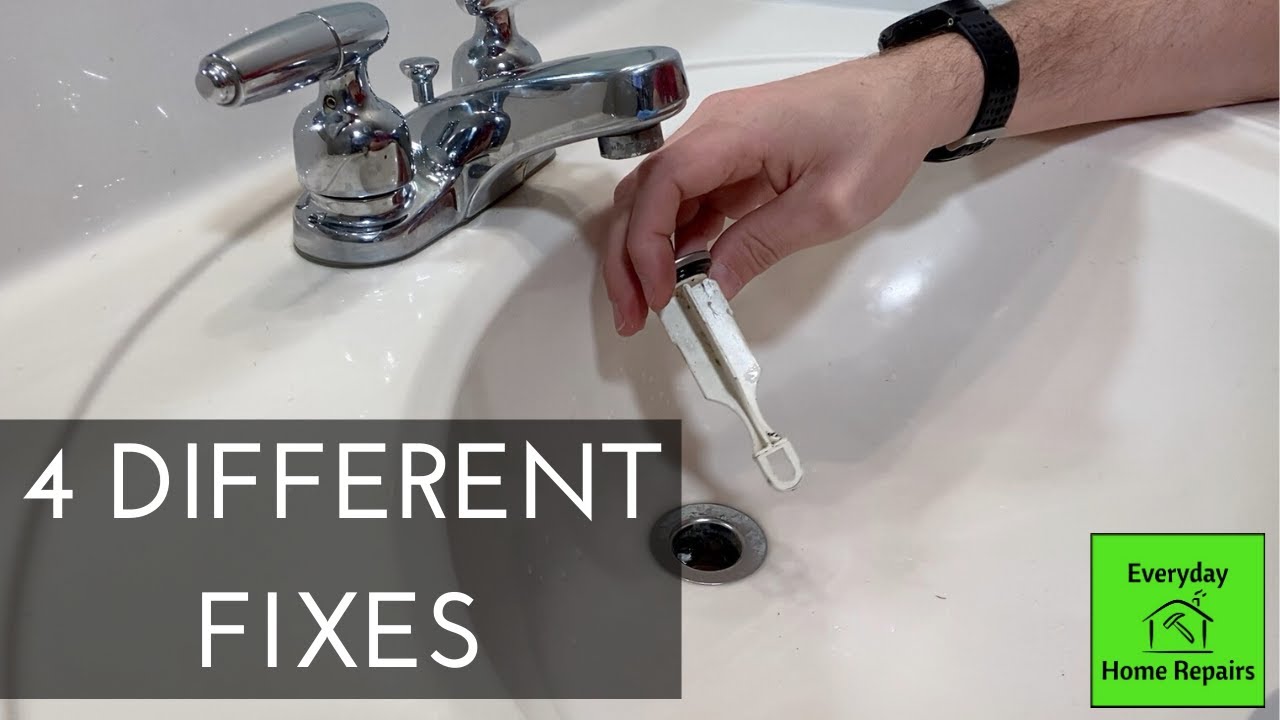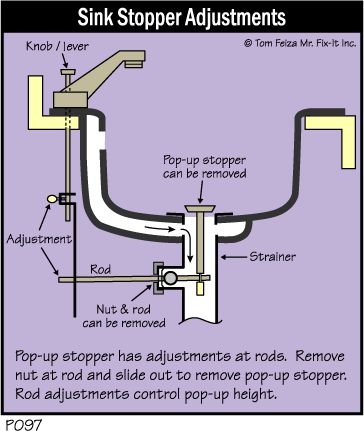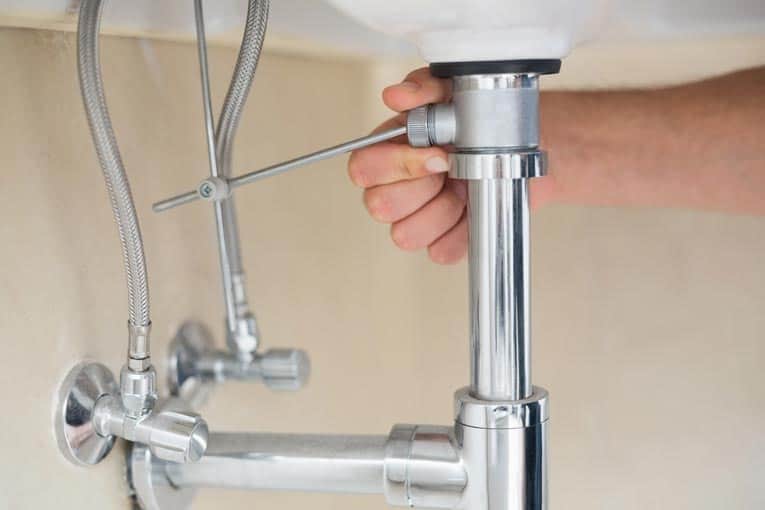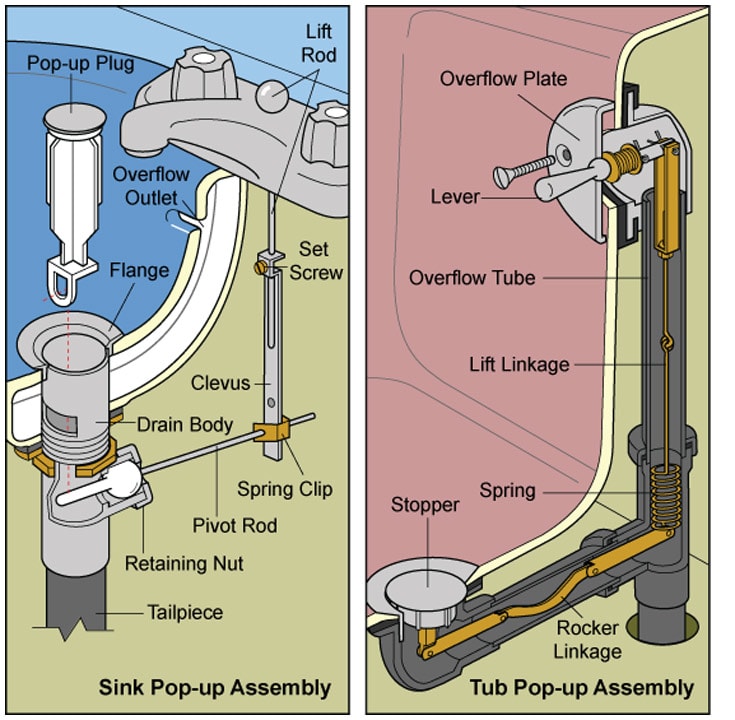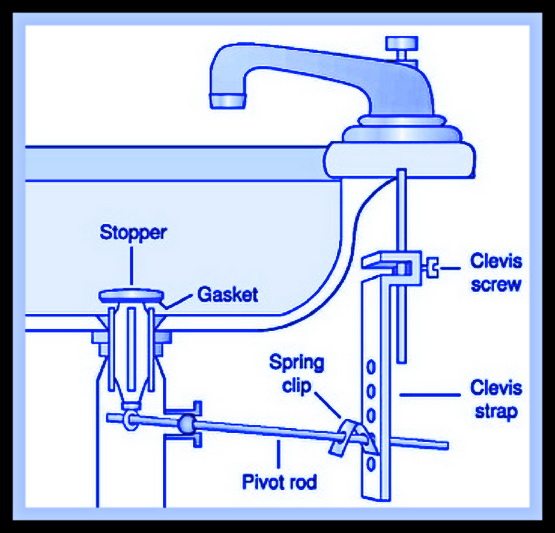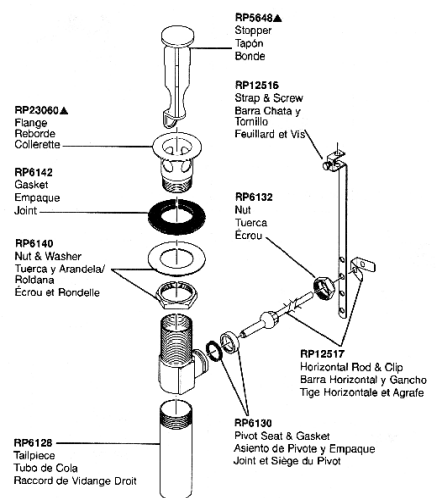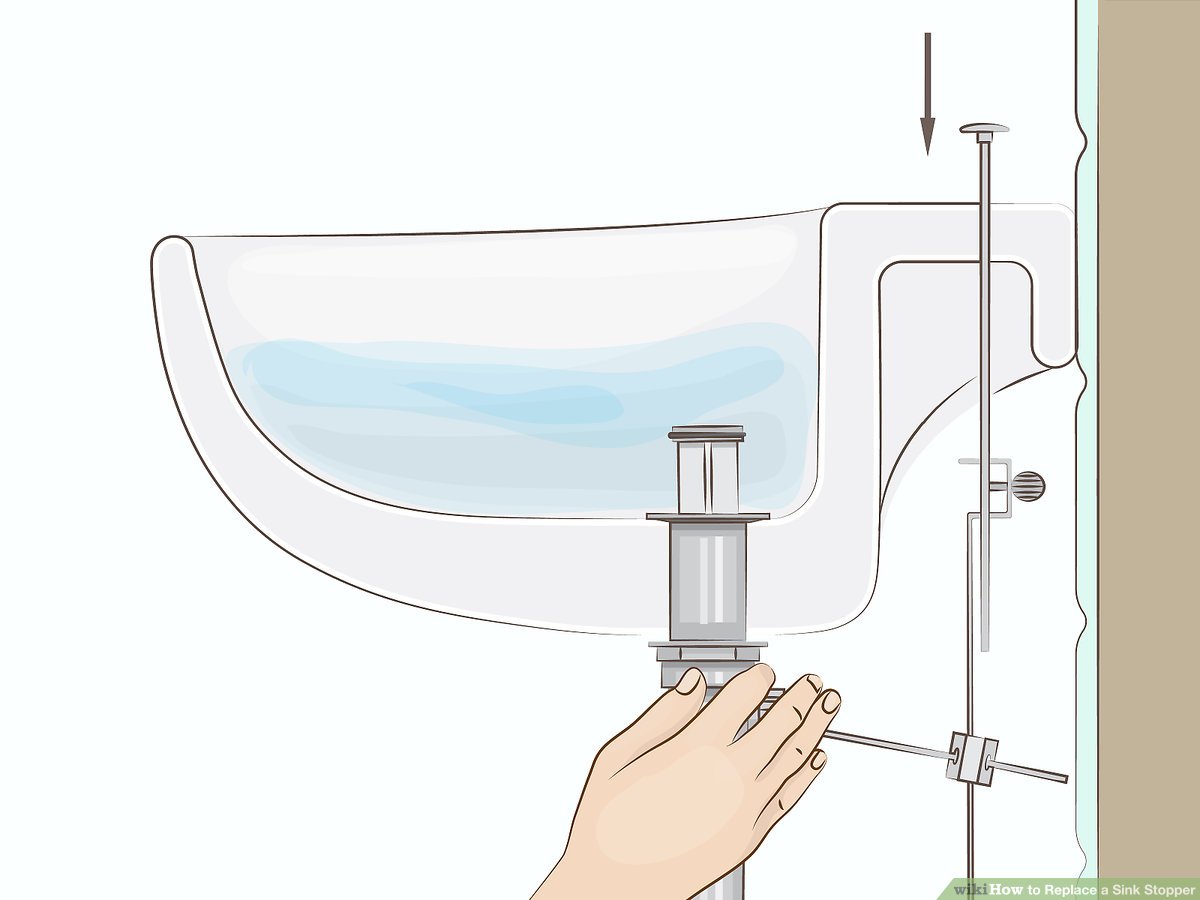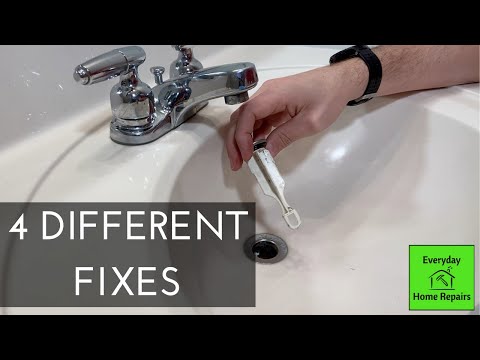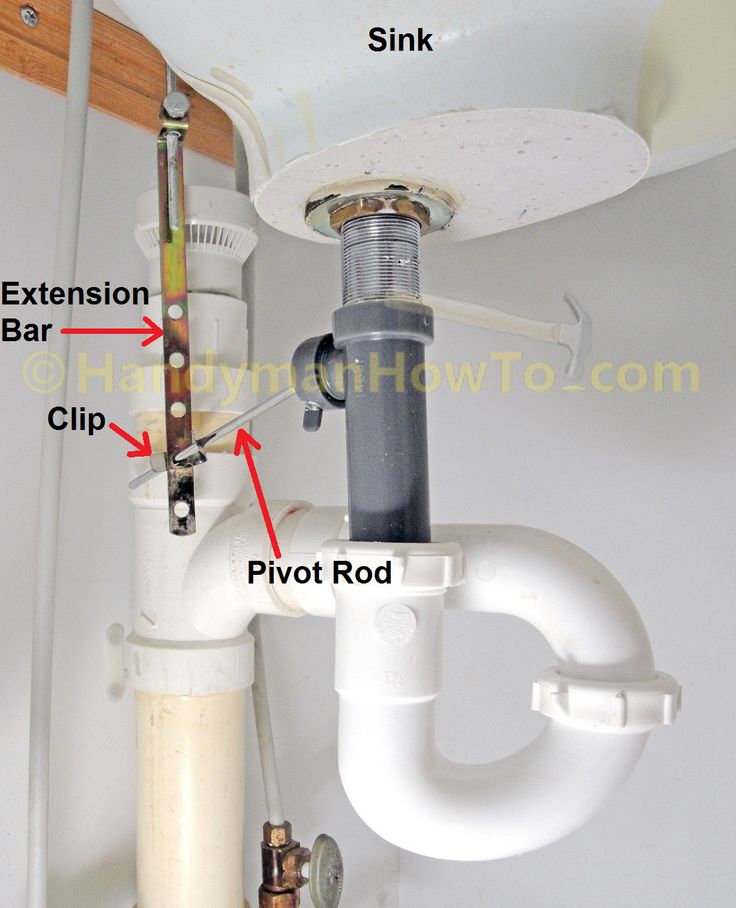Understanding the Common Issues with Bathroom Sink Faucet Stoppers
Bathroom sink faucet stoppers are essential components that help control the flow of water and prevent leaks. However, they can encounter various issues that can disrupt their functionality. Let’s explore the common issues that arise with bathroom sink faucet stoppers and how to address them effectively.
- Leaky Stoppers: One of the most common issues with bathroom sink faucet stoppers is leakage. This can lead to water wastage, increased water bills, and potential damage to your sink and surrounding areas. Leaks can occur due to worn-out seals, loose connections, or damaged stopper mechanisms. To fix a leaky stopper, start by inspecting the seals and connections for any signs of wear or damage. If necessary, replace the seals or tighten the connections to ensure a watertight seal.
- Stuck Stoppers: Another issue that frequently arises is a stuck stopper. This can prevent you from opening or closing the drain, causing inconvenience and hindering proper drainage. Stuck stoppers can be caused by debris buildup, rust, or a faulty mechanism. To address this issue, start by removing any visible debris or buildup around the stopper. If the stopper is still stuck, try using a lubricant such as WD-40 to loosen it. In some cases, you may need to dismantle the stopper mechanism for a thorough cleaning or replacement.
- Inconsistent Stopper Movement: If you notice that your bathroom sink faucet stopper moves inconsistently or gets stuck at certain positions, it may be due to misalignment or a damaged stopper linkage. This issue can result in difficulty opening or closing the drain, leading to drainage problems. To resolve this issue, check the alignment of the stopper linkage and make any necessary adjustments. If the linkage is damaged, consider replacing it with a new one to ensure smooth and consistent stopper movement.
- Noisy Stopper Operation: A noisy stopper can be irritating and disruptive, especially in quiet environments. The noise can be caused by loose connections, worn-out components, or improper installation. Begin by checking the connections and tightening them if necessary. If the noise persists, consider replacing any worn-out components such as the stopper or seals. Proper installation is crucial to reduce noise, so ensure that the stopper is securely attached and aligned with the drain.
- Difficulties in Removing or Installing the Stopper: Sometimes, removing or installing a bathroom sink faucet stopper can be challenging, which can make maintenance or repairs cumbersome. Difficulties can be attributed to a lack of proper knowledge or a complicated stopper design. To overcome this issue, refer to the manufacturer’s instructions for guidance on removing and installing the stopper. If the stopper design is overly complex, consider seeking professional assistance to ensure a smooth process.
Step-by-Step Guide to Diagnosing and Fixing a Leaky Faucet Stopper
A leaky faucet stopper can be a frustrating issue that leads to water wastage and potential damage to your bathroom sink. However, diagnosing and fixing a leaky faucet stopper is a relatively straightforward process that can save you time and money. Below we provide you with a step-by-step guide to help you diagnose and fix a leaky faucet stopper effectively.
Turn off the Water Supply: Before you begin diagnosing and fixing the leaky faucet stopper, it is crucial to turn off the water supply to prevent any further water leakage. Locate the shut-off valves under the sink and turn them clockwise until the water flow is completely shut off.
Remove the Stopper: To access the stopper and diagnose the issue, you need to remove it from the sink drain. Depending on the type of stopper, you may need to unscrew it, lift it out, or use a specific tool for removal. Refer to the manufacturer’s instructions for your specific faucet model or consult a plumbing professional if you are unsure.
Inspect the Stopper and Seals: Once the stopper is removed, carefully inspect it for any signs of wear, damage, or buildup. Pay close attention to the seals, as they are often the culprits behind a leaky faucet stopper. If you notice any cracks, tears, or deterioration in the stopper or seals, it is essential to replace them with new ones.
Clean and Lubricate the Stopper Mechanism: If the stopper and seals appear to be in good condition, the issue may be related to debris or lack of lubrication. Thoroughly clean the stopper and all its components, removing any buildup or residue. Lubricate the stopper mechanism with a silicone-based lubricant to ensure smooth operation and reduce the risk of leaks.
Reassemble and Test: After cleaning and lubricating the stopper, reassemble all the components in the reverse order of removal. Make sure everything is tightened securely but not over-tightened. Once reassembled, turn on the water supply and test the faucet stopper for any signs of leakage. If the issue persists, further inspection or professional assistance may be required.
Preventative Maintenance: To avoid future leaky faucet stopper issues, it is crucial to practice preventative maintenance. Regularly clean the stopper and drain to remove any buildup or debris that can lead to leaks. Additionally, periodically inspect the stopper and seals for signs of wear and tear, replacing them as needed.
Exploring Different Types of Bathroom Sink Faucet Stoppers and Their Repairs
Bathroom sink faucet stoppers come in various types, each with its mechanism and design. Understanding the different types of faucet stoppers and their repairs can help you effectively troubleshoot any issues that may arise. Below are different types of bathroom sink faucet stoppers and insights into their repairs.
Pop-up Stoppers: Pop-up stoppers are perhaps the most common type of faucet stopper found in bathroom sinks. They work by pushing or pulling a rod connected to the stopper to open or close the drain. If a pop-up stopper is not working correctly, the issue is often related to a worn-out or broken linkage. To repair a pop-up stopper, you may need to replace the linkage, adjust the length of the rod, or clean any debris that is obstructing its movement.
Lift-and-Turn Stoppers: Lift-and-turn stoppers require you to lift and twist the stopper to open or close the drain. These stoppers are often found in older bathroom sinks. If a lift-and-turn stopper is not functioning properly, it may be due to corrosion or a faulty mechanism. To repair a lift-and-turn stopper, you can try cleaning it thoroughly, lubricating the mechanism, or replacing any damaged components.
Push-and-Pull Stoppers: Push-and-pull stoppers involve pushing or pulling the stopper to open or close the drain. These stoppers are commonly found in contemporary bathroom sinks. If a push-and-pull stopper is not working as intended, the issue may be attributed to a loose connection or a worn-out seal. To repair a push-and-pull stopper, ensure that the connections are tight and functioning properly. If necessary, replace the seal to ensure a watertight seal.
Grid Strainers: Grid strainers are a type of stopper that consists of a metal or plastic grid that prevents debris from entering the drain while allowing water to flow freely. These stoppers are commonly used in utility sinks or sinks that experience heavy usage. If a grid strainer is not draining properly, it may be due to a buildup of debris or an obstruction in the grid. To repair a grid strainer, remove it from the drain and clean it thoroughly, ensuring that there are no blockages.
Plunger Stoppers: Plunger stoppers, also known as rubber stoppers, are simple yet effective stoppers that create a seal by pressing down with a rubber suction cup. These stoppers are often found in older bathroom sinks or utility sinks. If a plunger stopper is not sealing properly, it may be due to a worn-out or damaged rubber cup. To repair a plunger stopper, replace the rubber cup with a new one to ensure a tight seal.
Pro Tips for Maintaining and Extending the Lifespan of Your Faucet Stopper
Proper maintenance is crucial for ensuring the longevity and optimal performance of your bathroom sink faucet stopper. By implementing some pro tips, you can prevent common issues, extend the lifespan of your stopper, and enjoy a hassle-free experience. Below we share some expert tips for maintaining and maximizing the lifespan of your faucet stopper.
Regular Cleaning: Regular cleaning is essential to prevent debris buildup and maintain the smooth operation of your faucet stopper. Clean the stopper and drain area regularly using a mild detergent or vinegar solution. Remove any accumulated hair, soap scum, or other particles that can obstruct the stopper’s movement or cause leaks. A clean stopper will function more effectively and prevent potential issues.
Lubrication: Proper lubrication is key to ensuring smooth stopper movement and preventing wear and tear. Apply a silicone-based lubricant to the stopper mechanism, rod, and other moving parts. This will reduce friction and make it easier to open and close the stopper. Avoid using petroleum-based lubricants, as they can cause damage to certain materials.
Avoiding Harsh Chemicals: Harsh chemicals, such as drain cleaners or abrasive cleaners, can damage the seals and other components of your faucet stopper. Avoid using these chemicals directly on or around the stopper. If you need to unclog your drain, opt for natural or enzymatic drain cleaners that are less likely to cause harm. Additionally, be cautious when using abrasive cleaning tools near the stopper to prevent scratches or other damage.
Fix Leaks Promptly: If you notice any leaks or signs of water damage around your faucet stopper, address the issue promptly. Leaks can lead to wasted water, increased utility bills, and potential damage to your sink or surrounding areas. Inspect the stopper, seals, and connections for any signs of wear, damage, or misalignment. Replace worn-out seals or tighten loose connections to ensure a watertight seal and prevent further leakage.
Regular Inspections: Perform regular inspections of your faucet stopper to catch any potential problems early on. Check for any signs of wear, corrosion, or malfunctioning components. Look for cracks or tears in the seals, loose or damaged parts, or any other visible issues. By identifying and addressing these issues early, you can prevent further damage and extend the lifespan of your faucet stopper.
Professional Maintenance: While basic maintenance can be done by homeowners, it is advisable to schedule professional maintenance for your faucet stopper at least once a year. Professional plumbers can perform a thorough inspection, clean hard-to-reach areas, and make any necessary repairs or replacements. They have the expertise to identify and resolve issues that may go unnoticed by the average homeowner.
When to Call a Professional
While many issues with bathroom sink faucet stoppers can be resolved through DIY methods, there are instances when it is best to call a professional plumber. Recognizing the signs that your faucet stopper repair requires expert help is crucial to prevent further damage and ensure a proper and long-lasting solution. Let’s discuss the signs that indicate it is time to call a professional for your bathroom sink faucet stopper repair.
Persistent Leaks: If you have attempted to repair a leaky faucet stopper multiple times, but the issue persists, it is advisable to seek professional help. Persistent leaks can indicate underlying problems that may require specialized knowledge and tools to diagnose and fix. A professional plumber will have the expertise to identify the root cause of the leak and provide a lasting solution, preventing further water wastage and potential damage.
Complex Mechanisms: Some faucet stoppers have intricate mechanisms or designs that are challenging to understand or repair without the necessary expertise. If you are unsure about the inner workings of your faucet stopper or find the repairs too complex, it is best to leave it to a professional plumber. They will have the knowledge and experience to handle complex mechanisms, ensuring a proper repair without causing additional damage.
Damaged or Corroded Components: If you notice significant damage or corrosion to the faucet stopper or its components, it is recommended to call a professional plumber. Damaged or corroded parts may require specialized tools or replacement, which a professional plumber will have access to. Attempting to repair or replace these components without the necessary expertise can lead to further damage or improper functioning of the faucet stopper.
Water Pressure Issues: If you are experiencing water pressure issues in your bathroom sink, and suspect it is related to the faucet stopper, it is advisable to consult a professional plumber. Water pressure problems can be caused by various factors, including issues with the faucet stopper mechanism, clogged pipes, or other plumbing system issues. A professional plumber will be able to assess the situation and provide the appropriate repairs or adjustments to restore proper water pressure.
Unusual Noises or Odors: If your faucet stopper is producing unusual noises, such as squeaking, grinding, or rattling, or if you notice strange odors coming from the drain, it may indicate a more significant problem that requires professional attention. Unusual noises or odors can be indicative of underlying plumbing issues, such as loose connections, damaged pipes, or sewer line problems. A professional plumber will be able to diagnose the issue and provide the necessary repairs or replacements to resolve the problem.
Fixing Tricky Pop-Up Drain Sink Stopper Mechanisms – Efficient
How to Fix a Bathtub or Sink Pop-up Stopper
How to Fix a Bathtub or Sink Pop-up Stopper
DIY Plumbing – Troubleshooting Your Sink Stopper
Bathroom Sink Popup and Stopper Problems
How to Replace a Sink Stopper (with Pictures) – wikiHow
Bathroom Sink Drain Stopper Not Working
How To Install Bathroom Sink Drain Plug – KNOW IT INFO
Related Posts:
- Bathroom Sink Faucet Ideas
- Bathroom Marble Sink
- Bathroom Sink Drains Very Slow
- Large Square Bathroom Sink
- Bathroom Sink Drain Assembly Instructions
- Commercial Bathroom Sink Countertop
- Small Square Bathroom Sink
- Bathroom Sink Drain Extension
- Black Bathroom Sink And Toilet
- Under Bathroom Sink Storage Solutions
